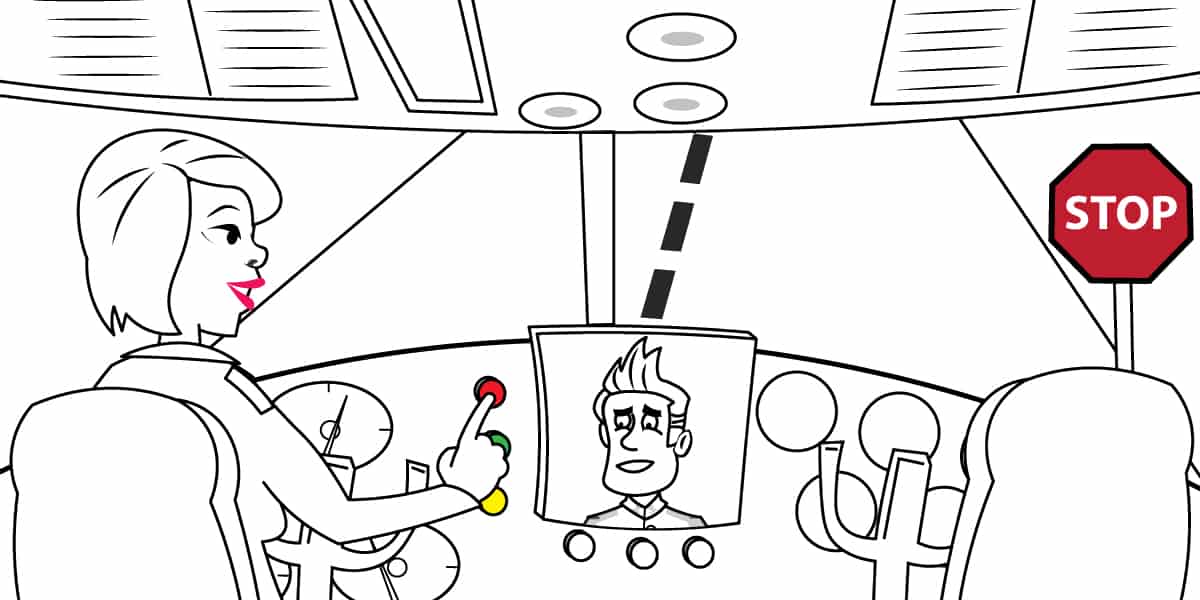To keep up with the relentless pace of change, the regular message we receive is that we need to make ourselves and our teams more agile. This holds true whether you lead a team of two or two thousand.
But how do you create this agility? Published in 2018, The Agile Leader by Simon Hayward looks at this challenge and suggests ways of working which focus on constant learning & growth; prioritizing; feedback; devolved decision-making; and customer research.
There are many sporting analogies in this book with constant reference to the ‘agile athlete’. This is the player who is highly trained and can move quickly across the playing field as well as respond to the ever-changing match conditions.
So, what key skills does an agile athlete have? First, they are mentally astute with the ability to learn from every game, so as to read the plays better next time; to be able not only to defend but attack as well. Second, they need to be in top physical condition.
Simon Hayward explains how the agile athlete in the sport setting can translate to the agile person in another setting.
He describes how leaders and teams can become agile in what he says is a “VUCA world” – volatile, uncertain, complex & ambiguous.
Some key aspects which I could identify with were as follows:
Feedback
Described as an eagerness to learn from other people. Like the athlete, we need to be constantly seeking opportunities to learn. This is about routinely and systematically seeking feedback from colleagues, your team members, manager and customers on everything you do. It is not just about an annual performance appraisal process or a 360 degree survey done every blue moon.
But how many of us feel anxious about feedback? How many teachers feel threatened by opening their classroom to others? How long since your school really chanced feedback from students and parents?
As an individual you need to seek feedback and build in periods of reflection so you can learn and grow.
You need to foster a culture of feedback within your team, then using the information and sharing it in a very transparent but positive manner.
Digital literacy
In an age of disruption it is vital you understand the most up-to-date technologies in your sector.
Leaders need to stay connected to their customers and team members. This is not only to share information. It is also to better understand customer needs and the trends driving customer’s expectations.
Clarity
Clarity refers to people understanding their role and purpose, within the context of the organisation’s strategic direction. You and your team need clear goals and a ruthless focus on priorities. Simon Hayward says that organisations should consider shortening their planning cycles and reducing the number of goals as a way of improving clarity and focus.
Every sector has compliance matters that must be attended to. Unfortunately for most of us compliance tasks seem to increase every year. But after compliance tasks, you need to be ruthless in stripping away tasks and activities that do not assist in reaching the identified priorities.
This focus means getting rid of bureaucracy and legacy processes which have likely built up over many years. How many of us start in a new role and become amazed by the myriad of activities that seem futile……but after 6 months we accept it as part of the place.
Decision making
With clarity comes the ability to empower people and localise decision-making. In agile teams, team members are able to make their own decisions. Too often we see a manager justify their existence by insisting on making decisions themselves.
When I was in my 40’s (long ago!) the mantra was that a good manager would encourage team members to come to them with a solution, not just a problem. The underlying philosophy however was that often this was still the manager who made the decision. In an agile team it is the team member who makes the decision.
Simon suggests you ask yourself the following whenever a decision lands in your lap: “Am I REALLY the only person who can make this decision?” His rule of thumb is that you only make decisions which only you can make!
Would a school be more agile if the principal was not making all the decisions? Would it be better placed to tackle its priorities if decision-making was devolved to middle leaders?
The customer front & centre
Pure and simple: put your customers at the centre of everything you do. Too many organisations have grown to the point of being so inwardly focused that they lose track of changing customer needs and expectations. How long since you have deeply researched the needs of your customer? Or are you still rolling out the same old same old, year after year?
The key message from Simon Hayward
Provide your team with a clear and powerful vision of what they’re working towards. Then keep a laser-like focus on it. Strip away all the non-essential bureaucracy that has likely built up over many years. Then create a setting which promotes feedback and enables team members to make more decisions.

